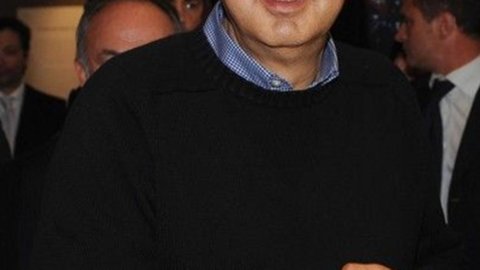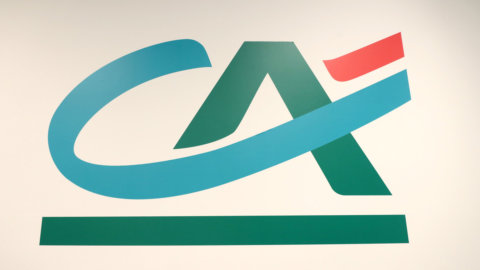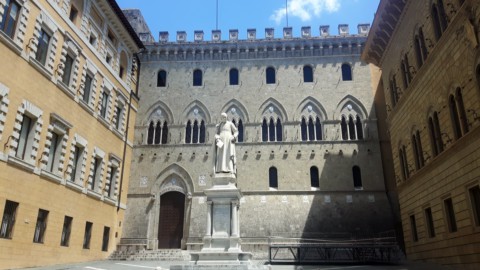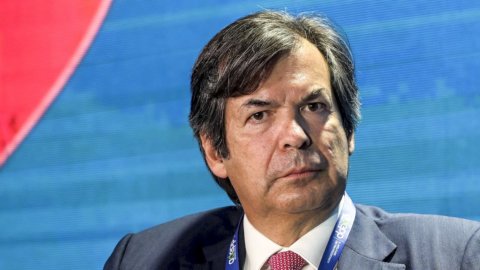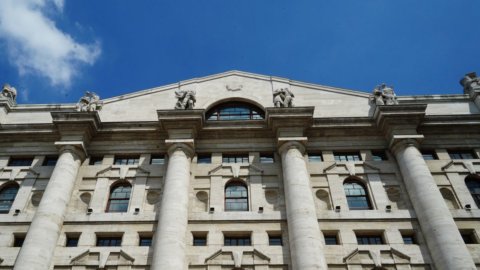Fiat will consolidate Chrysler's accounts as of June 1st. It was Marchionne himself, with an eloquent label that reads "we paid" hanging from his usual blue sweater, to confirm the news anticipated by "The Wall Street Journal". As promised in the letter to the employees, the CEO of Fiat intends to speed up the process of "creating a global car manufacturer". In this context, the consolidation, decided even before reaching the 51% stake in the Detroit group within the year (a goal that will be achieved by 2011), has a flavor that goes beyond the simple "financial and technical transition ”.
In fact, with the consolidation of Chrysler, "everything changes" for Fiat listed on the Stock Exchange, as John Philip Elkann himself explained on the sidelines of the Exor meeting. From an industrial point of view, the Lingotto doubles in size, passing to 4 million cars produced, 190 employees (6 recent hires at Chrysler, slightly higher than the balance of the Fiat plant at Betìm in Brazil) and a global geographic positioning in which the only "gaps" are China, for which a strategy is already in place to make up for lost time relying on the appeal of the Jeep brand and the new "500", and Russia which Marchionne promises to fill shortly.
The real challenge, appreciated by the markets which this morning rewarded Fiat (+3,4%), despite the negative trend in the auto sector and by Citi analysts, the quickest to launch a "buy" recommendation, obviously concerns finance. The position of Fiat, which discharged the largest portion of the debt to its sister company Industrial at the time of the split, recorded debts at the end of March (mainly related to the commercial part) of 12,066 billion, of which 9,983 related to financial services, while Chrysler, which has relieved itself of the heavy burden of debts to Washington and Ottawa, involving interest expenses of approximately 2 billion dollars since June 10, 2009, was 13,4 billion in debt at the end of March. These numbers, combined with the turbulent financial history behind it, justify the caution of the rating agencies. Moody's and S&P just released the first report card to the new Chrysler at the BBB- level below investment grade. But it should be noted that, after Obama's praise of the developments in the Detroit turnaround (a "milestone" for the US auto industry), funds from the Department of Energy (3,2 billion) at subsidized rates seem closer. In any case, against the sum of the debts of the two companies, the turnover doubled: the 11,2 billion dollars of Chrysler must be added to the 13,5 billion of Fiat at the end of the first quarter.
In short, on the one hand it can be argued that a still fragile Chrysler will weigh on Fiat's accounts. But the party of those who think that, on the contrary, the US company, if it respects the growth forecasts, can accelerate the pace of Fiat's recovery, after a very tough year and a half in terms of sales and the range of models. In any case, the horizon has completely changed. Until now, the Chrysler share was recorded using the equity method, envisaged for associates, at a value equal to zero. Now, after becoming the controlling shareholder with 46% (with an outlay of 1,268 billion dollars for the 16%), the accounting mail will have to be updated. In particular, Chrysler's accounts will have to be translated into the Ifrs accounting standards adopted by Fiat. But it is far from excluded that, always in the spirit of accelerating the times of the new group, the US GAAP criteria will not be used conversely for both Chrysler and Fiat. It is easy for the question to arise only later, when the merger will proceed "which makes sense but is not on the immediate agenda" as Marchionne said.
Today all that remains is to acknowledge that the old Fiat, which only a year ago was the photocopy of the conglomerate built over the decades to face the domestic market, has become a ship suitable for facing global markets. (ub)
Programme

